The Sixth Extinction is a blog that features extinct, rare, and unique species of animals.
Don't wanna be here? Send us removal request.
Text

Moschops By: AMNH From: Life Nature Library: Reptiles 1963
232 notes
·
View notes
Note
have you done a golden mole? they’re the only iridescent mammal and also adorable
They are pretty shiny sometimes! I'll do one of the critically endangered species.


63 notes
·
View notes
Text
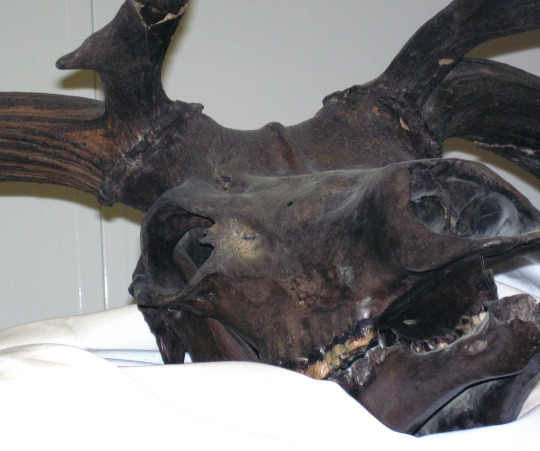
Megaloceros giganteus (Blumenbach, 1799) Irish elk skeleton from the Pleistocene of Ireland (DMNH 1520, Denver Museum of Nature & Science, Denver, Colorado, USA).
235 notes
·
View notes
Text
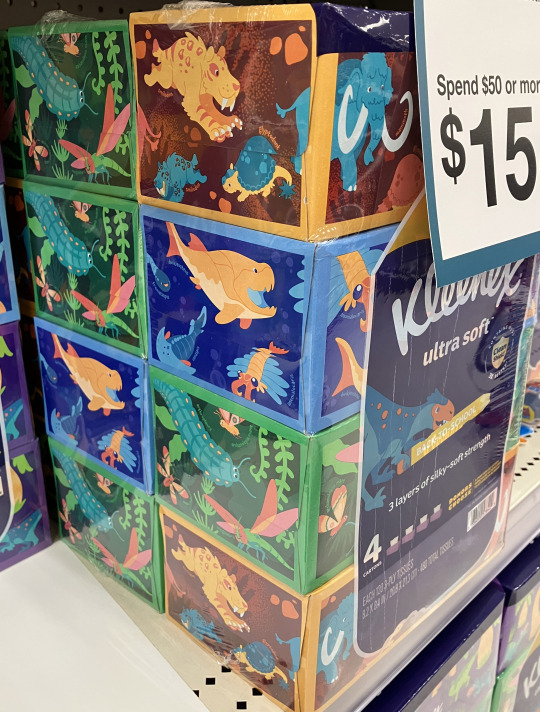
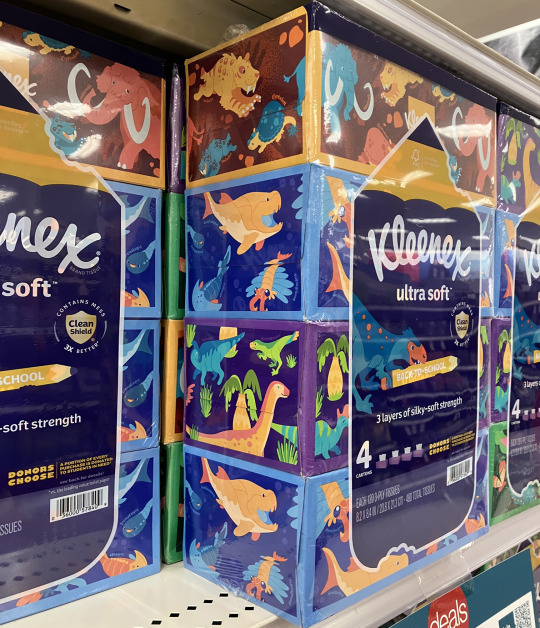
Look at these boxes of Kleenex with prehistoric animals on them. LOOK. They have Dunkleosteus! And Anomalocaris! And dinosaurs! And mammals! And giant (?) insects!
262 notes
·
View notes
Text

Taxidermy quagga at the Zoological Museum Amsterdam By: Unknown photographer From: Le Zebre 1913
337 notes
·
View notes
Text

Riesenalk, Plautus impennis | Die Vögel (1913) | Alfred Edmund Brehm (1829-1884) | Biodiversity Heritage Library
40 notes
·
View notes
Note
echidna!


This species is locally known as Payangko, and was thought to be extinct until November 2023. Photos thanks to video footage from the expedition led by Dr. James Kempton, from Oxford University.
54 notes
·
View notes
Text
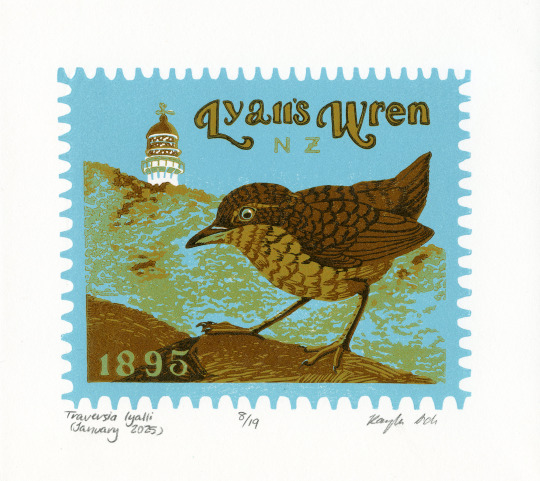
Traversia lyalli
Reduction relief print for Patreon members January 2025
"The Lyall's Wren, or Stephen's Island Wren, Traversia lyalli, is one of the only five flightless passerine birds known to science. Historically, the wren species was found only on Stephen's Island off of New Zealand, but prehistorically it was found all across mainland New Zealand before the land was settled by the Māori people. The species' extinction on the mainland was most likely due to the introduction of the Polynesian rat, which came with the Māori people.
The species was first brought to the attention of scientists in 1894 by David Lyall, an assistant lighthouse keeper on Stephen's Island and the namesake for the bird, both in common tongue and in the scientific species name- lyalli. The unique genus name, Traversia, is named for Henry H. Travers, a naturalist and curio dealer who procured many specimen of the species from Lyall. T. lyalli is the oldest and most distinct member of the family Acanthisittidae, which includes all New Zealand wrens.
In 1894, construction of the Stephen's Island lighthouse begins, a pregnant cat that was brought to the island escaped. Within the year, a cat started bring small bird carcasses to the lighthouse keepers homes, and Lyall, who was interested in natural history, noted what seemed like a unique and new species. He would proceed to send a specimen to Walter Buller, who at once recognizes that it's a species previously unknown to modern taxonomists. However, within the year, the species is no longer anywhere to be found due to the growing population of feral cats on the island. A bit too late for the Lyall's Wren, the population of cats that were wreaking havoc on the natural environment of the island was officially exterminated by 1925.
In short, the Lyall's Wren was first discovered by science in 1894, and by 1895 the bird was presumed extinct due to predation by introduced feral cats. Today, only 15 specimen remain intact in museums worldwide."
38 notes
·
View notes
Text
No question.
104 notes
·
View notes
Text

ʻAkiapōlāʻau in the Rain
Male-Type Hemignathus wilsoni Endangered, population less than 1,900 Hakalau Forest National Wildlife Refuge Mauna Kea, Hawaiʻi
308 notes
·
View notes
Text
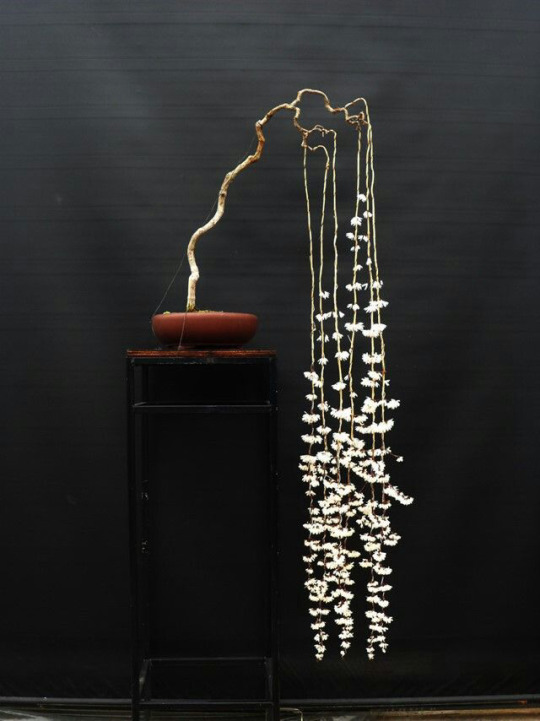
Abeliophyllum, the miseonnamu, Korean abeliophyllum, white forsythia, or Korean abelialeaf, is a monotypic genus of flowering plants in the olive family, Oleaceae. It consists of one species, Abeliophyllum distichum Nakai, endemic to Korea, where it is endangered in the wild, occurring at only seven sites.
7K notes
·
View notes
Text

trying to find any merch of an extinct animal that isn’t extremely popular is so hard because the only options you get (if any) have the desperate need to remind you that the extinct animal is, in fact, extinct
242 notes
·
View notes
Text

Female Ivory-billed Woodpecker specimen (Campephilus principalis)
77 notes
·
View notes
Text

Père David's deer By: San Diego Zoological Society From: The Biology and Management of an Extinct Species 1983
80 notes
·
View notes
Text

California Condor, Gymnogyps californianus, a critically endangered Pleistocene vestige.
2K notes
·
View notes
Text
I just visited them last month 😭



In 1924, a mother Sumatran rhinoceros is shot and killed in the Pegu Range of present-day Myanmar, while her young calf is captured alive and sent to the Yangon Zoo (then known as the Rangoon Zoo). Following his death shortly thereafter, his body is reunited with that of his mother at the American Museum of Natural History in New York. Today, the over 100-year-old pair remain on display, tucked away in a corner of the museum's Hall of Asian Mammals. The aged placard that accompanies their taxidermied remains not only minces words on the tragedy of their collection, but leaves out that the pair represent the critically endangered, if not already extinct, northern subspecies of Sumatran rhinoceros, Dicerorhinus sumatrensis lasiotis.
[ The taxidermied remains of a female Northern Sumatran rhinoceros and her calf, photographed by myself, endlingmusings. ]
126 notes
·
View notes
